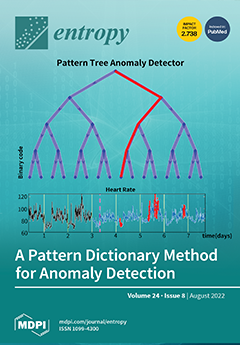Plate heat exchangers (PHE) are used for a wide range of applications, thus utilizing new and unique heat sources is of crucial importance. R744 has a low critical temperature, which makes its thermophysical properties variation smoother than other supercritical fluids. As a result,
[...] Read more.
Plate heat exchangers (PHE) are used for a wide range of applications, thus utilizing new and unique heat sources is of crucial importance. R744 has a low critical temperature, which makes its thermophysical properties variation smoother than other supercritical fluids. As a result, it can be used as a reliable hot stream for PHE, particularly at high temperatures. The local design approach was constructed via MATLAB integrated with the NIST database for real gases. Recently produced HFOs (R1234yf, R1234ze(E), R1234ze(Z), and R1233zd(E)) were utilized as cold fluids flowing through three phases: Liquid-phase, two-phase, and gas-phase. A two-step study was performed to examine the following parameters: Heat transfer coefficients, pressure drop, and effectiveness. In the first step, these parameters were analyzed with a variable number of plates to determine a suitable number for the next step. Then, the effects of hot stream pressure and cold stream superheating difference were investigated with variable cold channel mass fluxes. For the first step, the results showed insignificant differences in the investigated parameters for the number of plates higher than 40. Meanwhile, the second step showed that increasing the hot stream pressure from 10 to 12 MPa enhanced the two-phase convection coefficients by 17%, 23%, 75%, and 50% for R1234yf, R1234ze(E), R1234ze(Z), and R1233zd(E), respectively. In contrast, increasing the cold stream superheating temperature difference from 5 K to 20 reduced the two-phase convection coefficients by 14%, 16%, 53%, and 26% for R1234yf, R1234ze(E), R1234ze(Z), and R1233zd(E), respectively. Therefore, the R744 is suitable for PHE as a driving heat source, particularly at higher R744 inlet pressure and low cold stream superheating difference.
Full article






